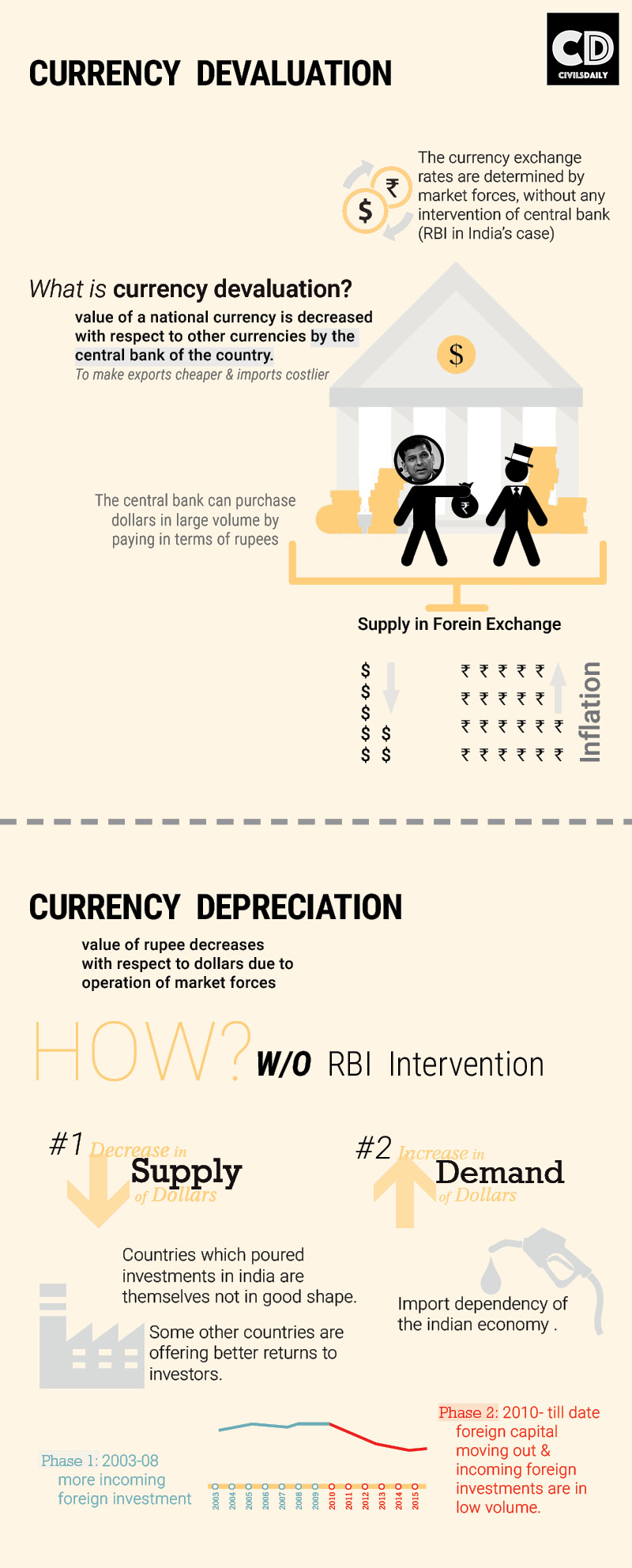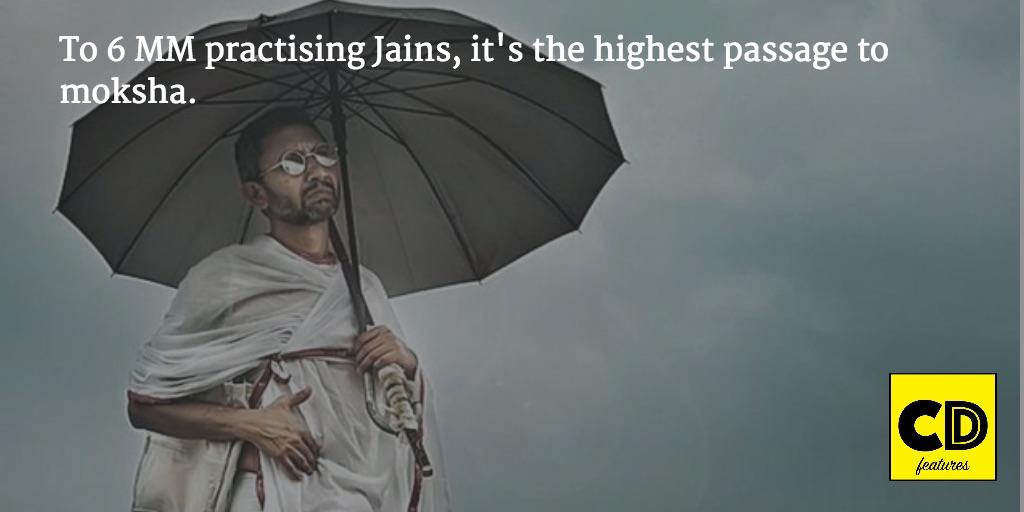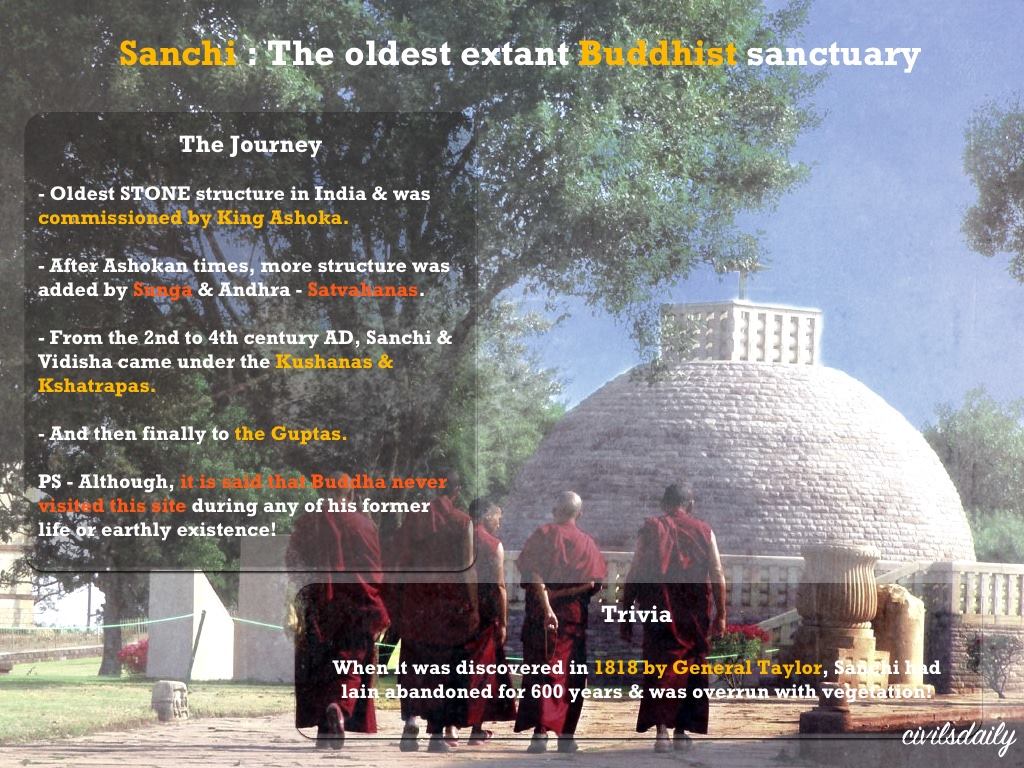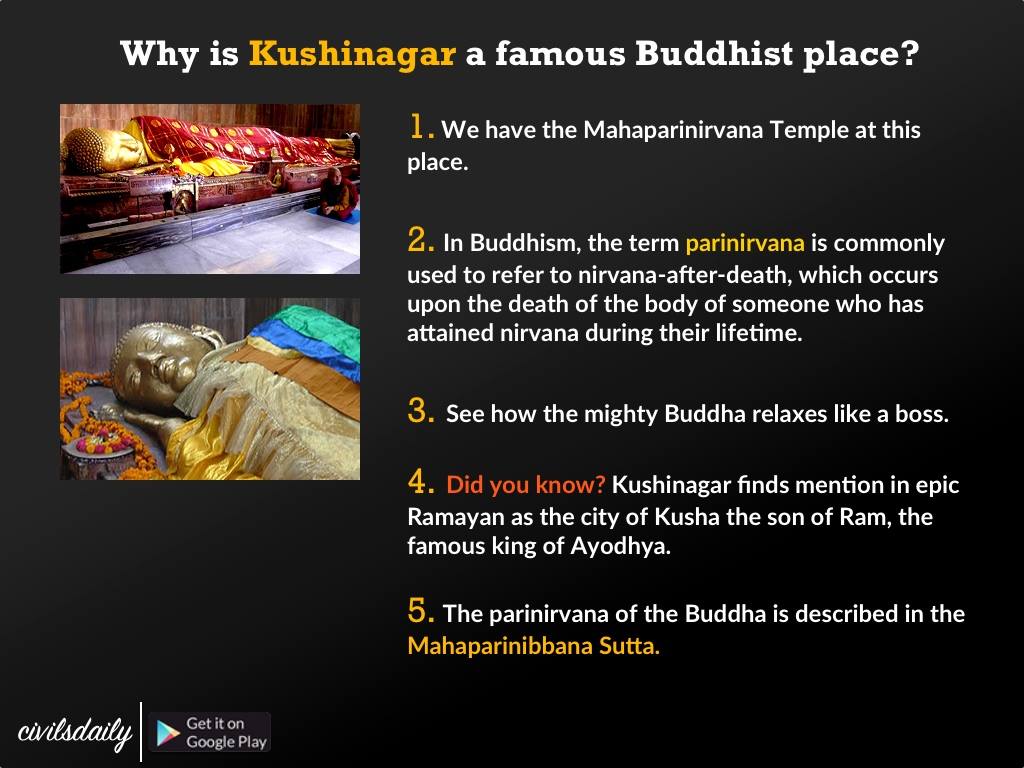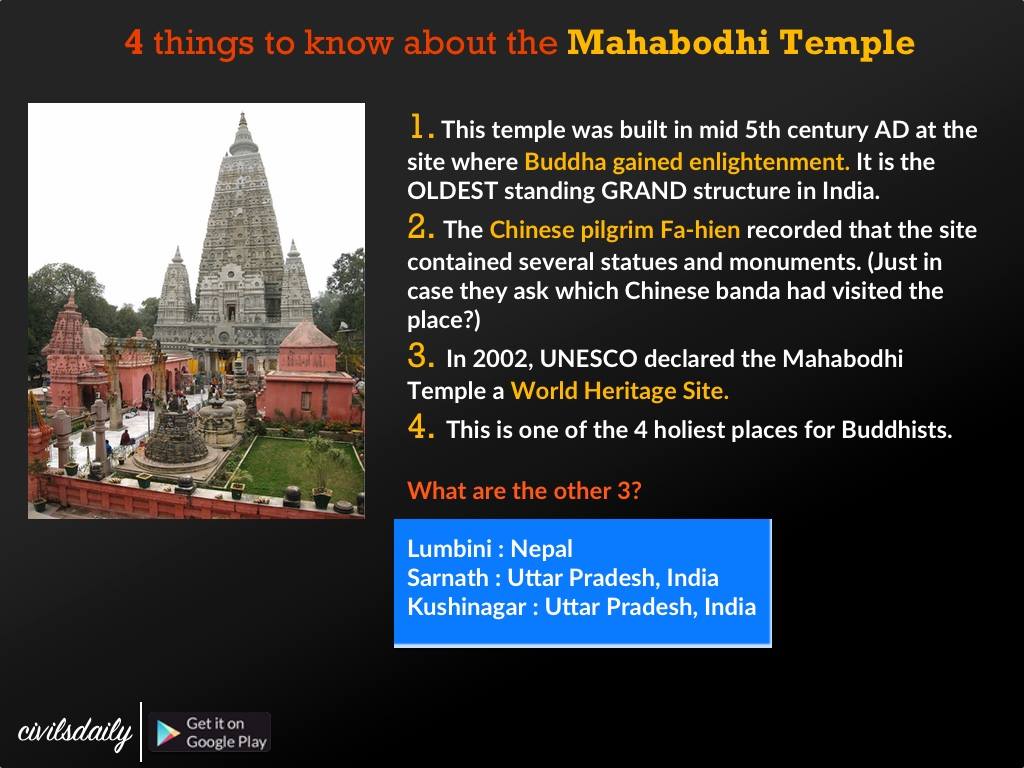What is Dengue?
According to the World Health Organisation, Dengue is a vector-borne disease transmitted by the bite of an infected female Aedes Aegypti mosquito.
The mosquito becomes infected when it feeds on the blood of a person infected with the virus. After about one week, the mosquito can then transmit the virus while biting a healthy person.
How many strains of dengue are there?
There are 4 serotypes of the virus that causes dengue. These are known as DEN-1, DEN-2, DEN-3, DEN-4.
Infection with one strain will provide life-time protection only against that particular strain. However, it is still possible to become infected by other strains and develop into severe dengue.
You might not be grilled by UPSC in Mains but in case you are a doctor, this might come in handy during interviews!
Can it spread from person to person?
Dengue cannot be spread directly from person to person. However, a person infected and suffering from dengue fever can infect other mosquitoes.
Where does dengue happen?
Most cases occur in tropical areas of the world, including the Indian subcontinent, Southeast Asia, Southern China, Taiwan, the Pacific Islands, the Caribbean, Mexico, Africa, Central and South America.
What are the symptoms of dengue?
Dengue causes flu-like symptoms and lasts for 2-7 days. Dengue fever usually occurs after an incubation period of 4-10 days after the bite of the infected mosquito.
High Fever (40°C/ 104°F) is usually accompanied by at least two of the following symptoms: headaches, pain behind eyes, nausea, vomiting, swollen glands, joint, bone or muscle pains and rash.
What happens in severe dengue?
Severe abdominal pain, persistent vomiting, bleeding gums, vomiting blood, rapid breathing, fatigue/ restlessness.
What is the treatment for dengue?
There is no vaccine or specific medication for dengue fever. Patients should seek medical advice, rest and drink plenty of fluids.
Paracetamol can be taken to bring down fever and reduce joint pains. However, aspirin or ibuprofen should not be taken since they can increase the risk of bleeding.
Patients who are already infected with the dengue virus can transmit the infection via Aedes mosquitoes after the first symptoms appear.
As a precautionary approach, patients can adopt measures to reduce transmission by sleeping under a treated net especially during the period of illness with fever.
What should I do if I suspect I have dengue?
If you suspect you have dengue you need to see a doctor immediately. To diagnose dengue fever, your doctor will:
- Evaluate your signs and symptoms
- Test your blood for evidence of a dengue virus
- Review your medical and travel history
Who spreads dengue and severe dengue?
Dengue is spread through the bite of the female mosquito (Aedes aegypti). The mosquito becomes infected when it takes the blood of a person infected with the virus. After about one week, the mosquito can then transmit the virus while biting a healthy person.
The mosquito can fly up to 400 meters looking for water-filled containers to lay their eggs but usually remains close to the human habitation.
Aedes aegypti is a daytime feeder: The peak biting periods are early in the morning and in the evening before dusk.
Aedes aegypti has evolved into an intermittent biter and prefers to bite more than one person during the feeding period. This mechanism has made Aedes aegypti a very highly efficient epidemic vector mosquito.
Where do the mosquitoes breed?
The mosquitoes thrive in areas close to human population (urban areas).
The dengue mosquito lays its eggs in water-filled containers inside the house and surrounding areas of dwellings (this includes non-used bottles, containers, discarded waste, tyres etc.which hold water).
The eggs hatch when in contact with water. Eggs can withstand very dry conditions and survive for months. Female mosquitoes lay dozens of
eggs up to 5 times during their lifetime.
Some Technological research areas to control Dengue
#1. Insecticide-treated materials
Insecticide-treated materials (ITMs) consist of long-lasting insecticidal nets, curtains and wall hangings. Bednets have proved highly effective in
preventing diseases transmitted by nocturnally active mosquitoes.
Insecticide-treated window curtains and sheet covers can also reduce dengue vector densities and transmission.
In studies in Mexico and Venezuela, ITMs (particularly curtains) were well accepted by the communities as their efficacy was reinforced by
the reduction of other biting insects as well as cockroaches, houseflies and other pests.
#2. Lethal ovitraps
Ovitraps or oviposition traps collect the eggs laid by the mosquitoes which develop into larva, pupa and adult mosquitoes.
Lethal ovitraps (which incorporate an insecticide on the oviposition substrate), autocidal ovitraps (which allow oviposition but prevent adult
emergence), and sticky ovitraps (which trap the mosquito when it lands) have been used on a limited basis. Studies have shown that population densities can be reduced with sufficiently large numbers of frequently-serviced traps.
#3. Genetically-modified mosquitoes
There are two methods of reducing disease transmission using genetics:
Population suppression: reduce mosquito population such that it would not be able to sustain pathogen transmission. This includes sterility,
reduced adult longevity, or decrease larva/pupa survival.
Population replacement: Reduce inherent ability to transmit the pathogen. Mating will alter the genetic pool of the wild population.
And now to the main question: What are the reasons for Dengue in Delhi?
The reason for the temporal shift, say experts, is the erratic weather and rainfall that the country has witnessed this year.
Many scientists are in agreement that a combination of higher mean temperature in a region and high humidity fosters higher rates of dengue transmission and incidence.
Usually when it rains, the rainwater flushes away stagnant pools that act as sites for mosquito breeding. This year, we saw rainfall early in the season which was followed by long dry spells during which there has been high humidity, especially in Delhi.
This has enabled a shift from the usual trend of dengue transmission that we have observed and the virus has struck parts of the country earlier than usual.
So, are there sufficient resource management in Delhi? or does it again shows a huge mismanagement crisis?
Published with inputs from Arun





